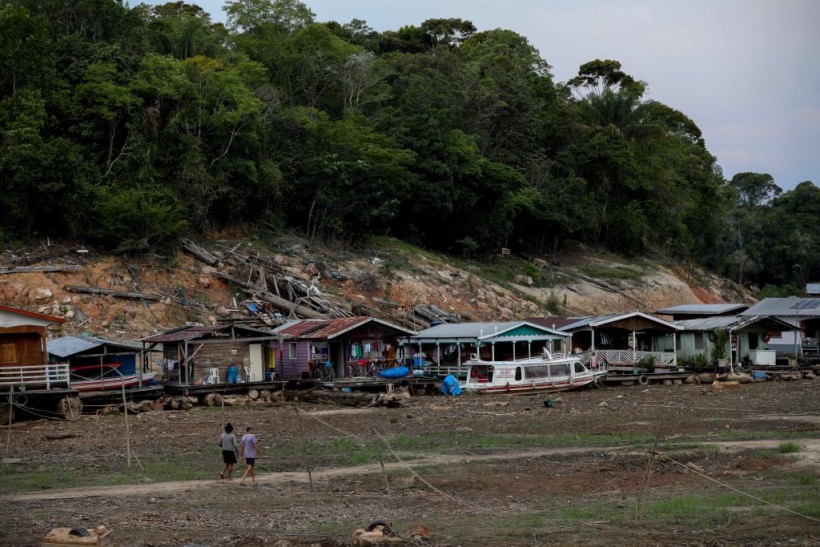Manaus, the largest city in Brazil's Amazonas state, has been shrouded in a hazardous cloud of smoke from forest fires. The forested capital has been engulfed in a murky brown cloud, resembling China at its most polluted.
The city of one million inhabitants, encircled by a grove of trees, usually enjoys blue skies. However, an extremely dry season, exacerbated by El Niño and human-caused global warming, has jeopardized the city's self-image, the well-being of its citizens, and the Amazon basin's survival prospects.

Worst Air Quality in the World
Fires in the Amazon have formed a blanket of gray smoke above the capital of the northern state of Amazonas. According to the World Air Quality Index, the city's air quality is among the worst in the world.
There are so many fires blazing in the surrounding tinder-dry forest that air-quality monitors recorded 387 micrograms of pollutants per cubic, compared to 122 in Brazil's economic hub of São Paulo. The only city in the world that scored lower was a Thai industrial center.
"This smoke is hurting us. People don't know what they are doing by burning the forest, and many animals are dying," said Maria Luiza Reis, a 72-year-old Manaus resident.
Health officials have recommended that citizens minimize exposure as much as possible.
Those exposed to smoke face "significant risks, primarily respiratory diseases," according to Marcio Garcia, director of the government's public health emergencies section.
Data from the National Institute for Space Research (INPE) said Amazonas had the worst October in terms of fires in the last 25 years.
The INPE recorded 2,770 fire occurrences this month, a 154 percent increase over the same period in 2022.
The government announced the deployment of two helicopters and an extra 149 firefighters to supplement the almost equal number already fighting the fires in the region.
Marina Silva, the Environment Minister, blamed the fires on "criminals" who set them to clear the forest for farmland.
"There is no natural fire in the Amazon," Silva said in a news conference.
Read Also: Deforestation, Degradation Turns 26% of Amazon Rainforest to Grassland, Report Reveals
Brazil Hit Hard By Drought
Although more droughts and fires were forecast in El Niño years like this, local firefighting agencies were unprepared and under-equipped. Jane Crespo, the environmental secretary of Maués, a community 155 miles (250 kilometers) from Manaus, said some localities lack enough water to put out fires.
Many sections of the Amazon are only accessible by river. Some villages have been shut off as their levels have dropped, creating fears of a humanitarian tragedy. Other places can only be reached by small boats, making transportation more expensive.
The rainforest is approaching irreparable collapse, according to Philip Fearnside, a senior researcher at the National Institute for Amazonian Research, as dry seasons prolong and more days of intense heat and no rain occur.
"Repeated fires can destroy the forest entirely. In addition to tipping points in terms of temperature and dry-season length, there is also a tipping point from the loss of forest beyond a certain limit, which is also believed to be near at hand," he said.
Related Article: Brazil Amazon States Suffer From Dry, Drought Conditions Affecting Residents, Rainforest
Related Video:
© 2024 NatureWorldNews.com All rights reserved. Do not reproduce without permission.




![Roundworms with Short Memories 'Stop Forgetting' When Frozen or Given Lithium [Study]](https://1471793142.rsc.cdn77.org/data/thumbs/full/70295/280/157/50/40/roundworms-with-short-memories-stop-forgetting-when-frozen-or-given-lithium-study.jpg)
